When visiting the protected area:
The Ahja River Valley Landscape Protection Area is a highly popular recreation area. Its main attractions are the sandstone outcrops of the Ahja River meltwater valley, the forest and picturesque landscape views. The area is visited by nature lovers, berry and mushroom pickers, hikers (including water hikers) and sports enthusiasts. In addition, visitors can board the riverboat Lonny for a pleasure trip on the Saesaare reservoir. Most visitors come here for the Taevaskoda nature trail.
In accordance with the rules of conservation, the conservation objective of the protected area is to protect, preserve and introduce the meltwater valley of the middle course of the Ahja River, its additional valleys, the sandstone outcrops, springs and caves on the slopes of the valley, the cultural and natural landscape surrounding the meltwater valley and to protect endangered, rare and protected species and their habitats.
Habitat types
Nearly 400-million-year-old sandstone cliffs rise vertically straight from the water. The trees growing on the banks of the valley and the reflection of the cliffs in the river make the colourful outcrops even higher and more magnificent – true heaven’s halls. The Small and Large Taevaskoda have always fascinated people. Here, one can feel connected to times past when our ancestors considered the outcrops and the Ahja River sacred.
The Ahja River Valley Landscape Protection Area was created in 1957. The protected area includes the middle course of the river (18 km along the river), where the water flows over gravelly blockfield rapids in a meltwater valley 200–400 metres’ wide and up to 30 metres’ (40 in some places) deep. The protected area covers 1115.5 ha.
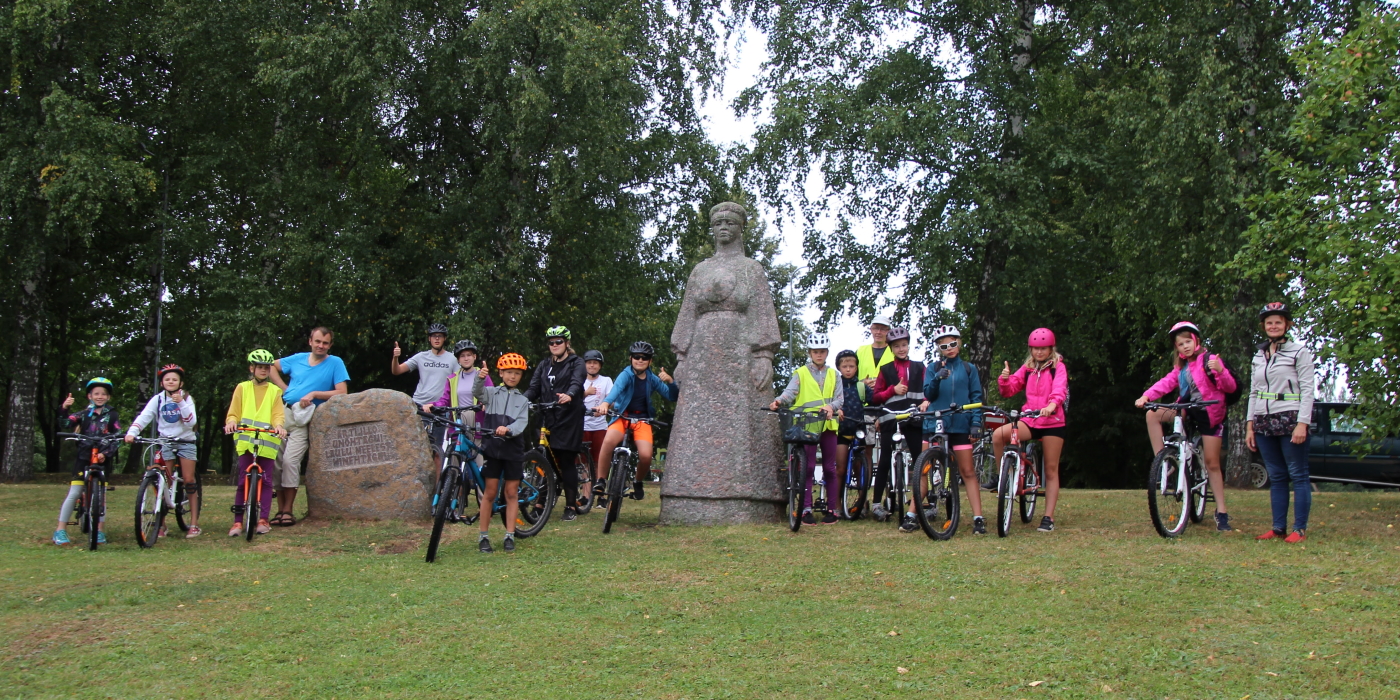
On August 23–25, 2022, 17 young people participated in the summer course of Otepää's Junior Ranger to discover the nature of Võru County on bicycles and participate in nature conservation activities.
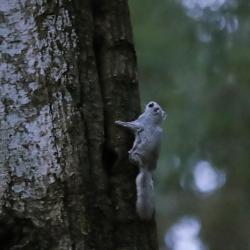
This year, 96 inhabited habitats of the flying squirrel have been identified, of which 14 are new. According to the information from the Environment Agency and the Environmental Board, there are a total of 162 flying squirrel sites in Estonia entered into the register, and life activities have been identified in 96 places this year.
SHARE
According to Uudo Timm, Leading Specialist of the Living Nature Department of the Environment Agency, despite the new sites, the number of inhabited places had remained at the level of last year, when 97 habitats were identified.
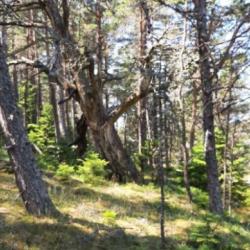
The Ministry of the Environment gave the Environmental Board the task of analyzing the idea of creating Hiiumaa National Park. This does not yet mean that the creation of a protected area has been decided, and all felling is automatically suspended for 28 months. The Environmental Board reviews applications submitted from June 8 and later and, based on their impact on conservation values, either suspend the activity or allow it.
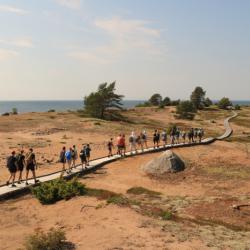
In the middle of June, three joint courses for young nature conservationists took place in Estonian national parks. Young people from Vilsandi and Karula met in Vilsandi National Park, young nature conservationists from Matsalu visited the young people of Lahemaa National Park, and young nature conservationists of Soomaa visited young people from Alutaguse National Park.
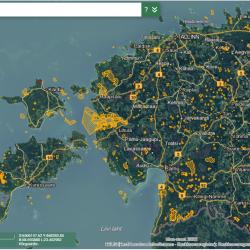
At the time of producing offspring, nature is particularly sensitive to disturbance, and in order not to lose nesting, calving, or sprouting, a person should take into account the local inhabitants when moving in the wild.
The Land Board's nature conservation map application helps to identify particularly sensitive places and times.